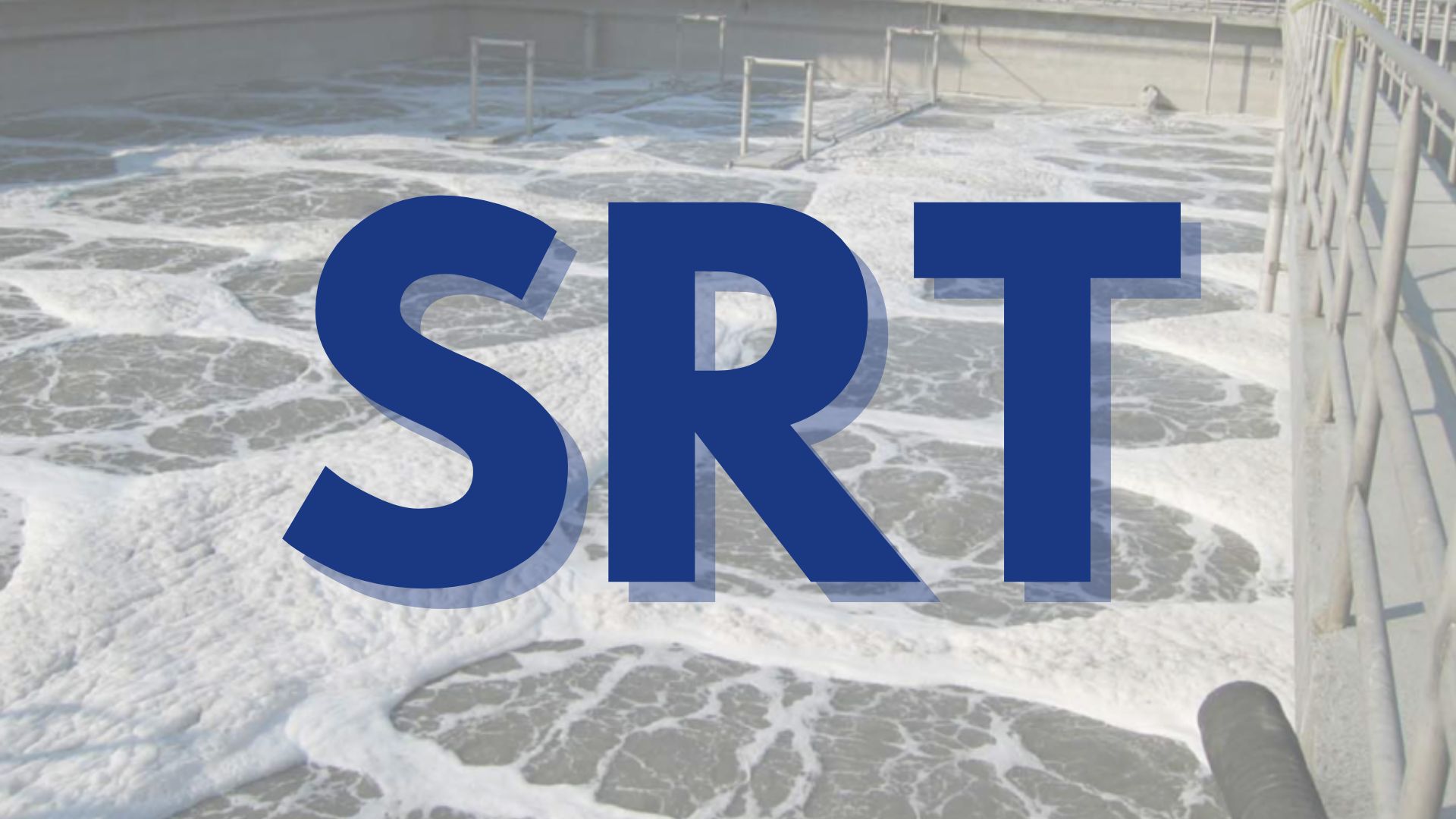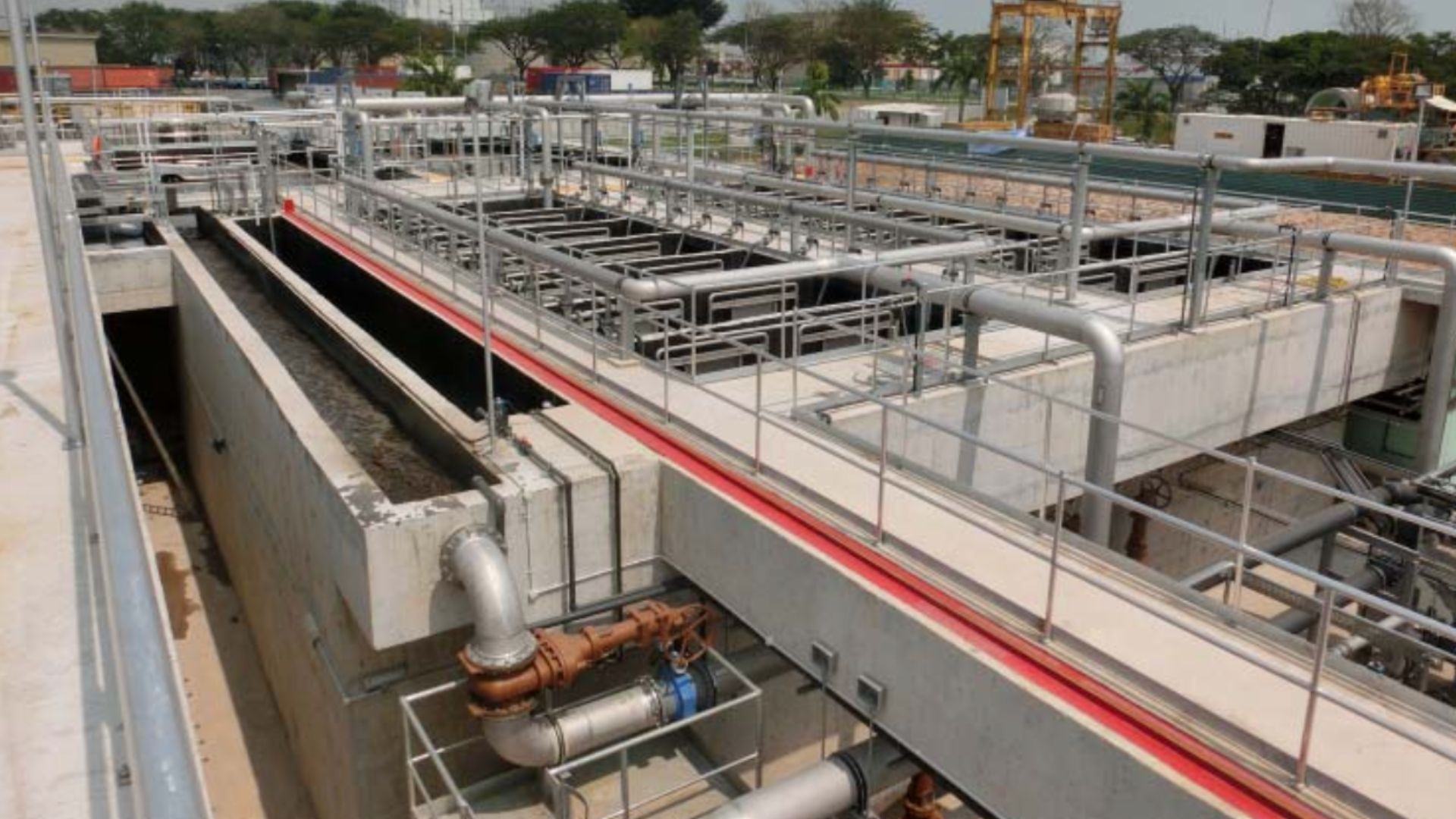Managing Extreme Heat in MBR Systems: Strategies for Efficient Wastewater Treatment

Membrane bioreactor (MBR) technology is an efficient advancement in modern wastewater treatment, offering enhanced removal of contaminants and superior water quality. But this is not a “set it and forget it” integration.
MBRs must be managed to handle certain environmental variables, like extreme temperature fluctuations. In regions that see scorching hot summers and prolonged heat waves, this is important to understand.
This article explores some of the implications that operators may encounter when running an MBR in hot temperatures, whether that’s the norm in a place like Santa Fe, N.M., or a heat wave has settled on a place like Cleveland, Ohio.
Impact of High Temperatures on MBR Performance
Increased Microbial Respiration Rates
High temperatures lead to enhanced microbial activity. This increased activity can improve the breakdown of organic pollutants, initially improving the efficiency of the MBR process.
However, it also results in faster consumption of available nutrients, which could lead to nutrient deficiencies unless carefully managed. Practical adjustments might include supplementing nutrients or adjusting feed rates to balance microbial growth with nutrient availability.
While some microbial activity increases, other beneficial bacteria might be inhibited or killed by excessive heat in MBR systems, disrupting the treatment process. This can lead to instability in the system’s biological balance.
To mitigate this, equip your bioreactors with temperature regulation systems that either cool the system or shield it from extreme temperatures using insulation techniques.
Challenges with Oxygen Transfer
At higher temperatures, the ability of water to hold dissolved oxygen decreases, which can significantly affect aerobic wastewater treatment processes that rely on sufficient oxygen levels to break down organic matter efficiently. Understanding and adapting to this change on the fly is important for treatment operators.
To maintain necessary dissolved oxygen levels, operators might need to enhance their aeration strategies.
One effective method is using fine bubble diffusers, which increase the surface area of air bubbles dispersed in the water. This larger surface area improves the oxygen transfer efficiency, helping to compensate for the lower solubility of oxygen at elevated temperatures. Fine bubble diffusers provide a more efficient means of oxygenation compared to coarser bubble systems, ensuring that aerobic bacteria have enough oxygen to function optimally even under thermal stress.
This adaptation is helpful because it directly influences the overall efficiency of the biological treatment process, impacting both the degradation of pollutants and compliance with environmental regulations.
Increased Membrane Fouling
Higher temperatures can accelerate the growth of biofilms and the deposition of organic materials on membrane surfaces, leading to increased membrane fouling. This not only diminishes the efficiency of the membrane but also increases the frequency and intensity of required cleaning protocols.
Implementing periodic backwashing and employing chemical cleaning processes specifically formulated for high-temperature environments can help maintain MBR membrane integrity and function. The use of advanced membrane solutions, such as anti-fouling agents and specialized cleaning protocols, is essential in managing membrane fouling under extreme conditions.
Volatilization of Harmful Compounds
Certain compounds, like ammonia, can volatilize at higher temperatures, which might affect air quality and the safety of the plant environment.
This requires enhanced containment and treatment measures, such as closed systems or improved ventilation, to capture and treat volatile compounds before they escape into the atmosphere.
Strategies for Optimizing MBR Performance in Hot Climates
The increase in temperature affects the physical properties of the wastewater, potentially requiring more energy consumption for pumping and treatment due to changes in viscosity and flow characteristics. Operators might need to recalibrate pumps and process controls to optimize energy use. This enables the MBR system to remain economically viable despite changing operational conditions. Focusing on energy efficiency is crucial for maintaining the cost-effectiveness of MBR plants in hot climates.
There are several tools that operators can use to combat these temperature swings.
Cooling Systems
Implementation of cooling systems can help control the bioreactor temperature, preventing overheating and maintaining microbial activity at optimum levels. Technologies such as chilled water loops or air-cooled systems can be effective.
A chilled water loop system circulates chilled water through a network of pipes around or within the bioreactor to absorb excess heat, thereby maintaining a cooler environment. Alternatively, air-cooled systems use fans or cooling units to blow cool air across the bioreactor or its components, effectively reducing the temperature. Both methods help prevent overheating, ensuring that microbial processes remain efficient and stable.
Enhanced Aeration
To offset the reduced oxygen solubility, increasing the aeration rate can help maintain necessary oxygen levels. Advanced aeration technologies that allow for adjustable oxygen input based on real-time demand can be very valuable here.
READ MORE: How to Optimize Aeration at MBR Plants
To determine the proper aeration rate in MBR systems when compensating for reduced oxygen solubility at higher temperatures, operators typically rely on real-time monitoring of dissolved oxygen (DO) levels in the bioreactor. By using sensors to continuously measure DO concentrations, the aeration system can be dynamically adjusted to maintain optimal oxygen levels required for microbial activity.
These adjustments are based on predefined DO setpoints that align with the specific biological processes occurring within the system, ensuring efficient breakdown of organic matter and maintenance of aerobic conditions.
Regular Membrane Cleaning
Setting up a routine cleaning schedule using specific chemicals or physical cleaning methods can extend the life of membranes and maintain efficiency. Employing anti-fouling agents that are effective at higher temperatures can be particularly beneficial.
Adaptive Control Systems
Utilizing control systems that dynamically adjust based on real-time temperature and performance data can optimize operational parameters such as hydraulic retention time (HRT) and solid retention time (SRT), ensuring efficient system operation despite temperature variability.
Moreover, incorporating advanced membrane technology, such as submerged membranes and tubular membrane systems, can enhance the resilience of MBR plants to thermal stress. These technologies improve membrane filtration efficiency and ensure that effluent quality remains high even under challenging conditions
Conclusion
Effective management of MBR systems in hot climates is simply something you may need to watch for on a daily basis to ensure efficient wastewater treatment.
By understanding the specific challenges posed by high temperatures and implementing targeted strategies to mitigate these effects, operators can maintain high-quality effluent standards, optimize operational costs, and extend the lifespan of system components. This proactive approach is essential for adapting to the varying thermal conditions that significantly impact MBR technology.
Want to learn more? Read some of our recent articles:
Sign up for the Integrated Water Services newsletter below. We share important perspectives and news on MBR wastewater treatment every two weeks.
Want to learn more? Read some of our similar articles:
Sign up for the
Integrated Water Services newsletter.
We share important perspectives and news on MBR wastewater treatment every two weeks.


